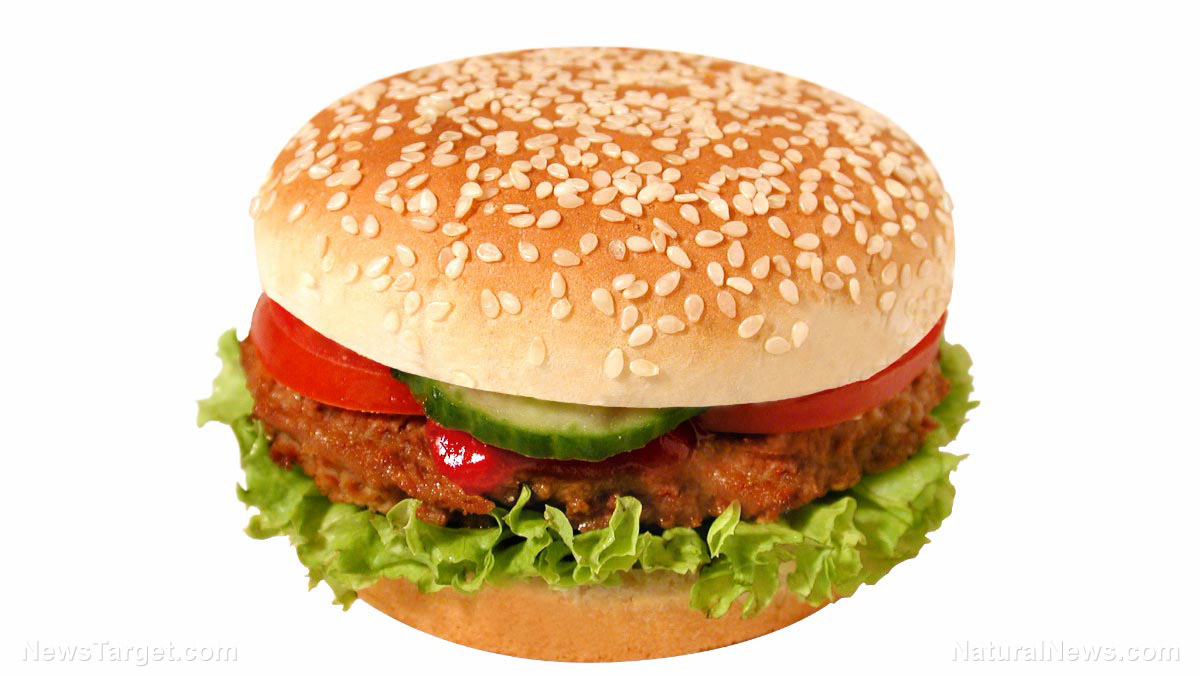
Advertisement
Eggs are one of the most common causes of food allergies. A person can develop an egg allergy when his or her immune system becomes sensitized (sensitive) to proteins present in egg whites and egg yolks. In the U.S., experts estimate that about 2 percent of children suffer from an egg allergy, but recent studies show that most (70 percent) of them will be able to outgrow their allergy when they reach the age of 16. Despite this, egg allergy is still a health concern, as it can cause life-threatening conditions like anaphylaxis, which impairs breathing and sends the body in shock. While egg allergy can be managed by simply avoiding eggs, researchers from Nanchang University in China found another solution that may allow allergic individuals to consume eggs. In their study published in the journal Nutrition Research, they described how the chelation of an egg allergen with iron effectively reduced its allergenicity.
Iron can bind to ovotransferrin and alleviate its allergenicity
Ovotransferrin (OVT), also known as conalbumin, is a glycoprotein that has two iron-binding sites. It belongs to the family of serum transferrin proteins involved in the transport and delivery of iron to cells. OVT is one of the main allergens present in eggs and accounts for 12 to 13 percent of total egg white proteins. The most important function of OVT is to promote the growth and development of a chicken embryo by preventing the growth of harmful microorganisms. Recent studies show that aside from being a potent antibacterial, OVT also exhibits antiviral, antioxidant, and anti-inflammatory activities, making eggs some of the most functional nutraceuticals available to men. (Related: Eggs offer many health benefits.)
Several studies have reported how the binding of iron to allergens, such as those found in milk and birch pollen, affects allergenicity. For instance, a study published in the journal PLOS ONE demonstrated how the allergenic activity of Bos d 5, the major allergen in milk, can be inhibited by iron. When researchers incubated holo-Bos d 5 (iron-chelated) and Apo-Bos d 5 (iron-free) with human peripheral blood mononuclear cells, they found that only Apo-Bos d 5 triggered immune response and elevated the levels of immunoregulatory cytokines. Holo-Bos d 5, on the other hand, decreased the number of white blood cells (CD4+ cells), suggesting that the binding of iron to Bos d 5 results in immune suppression.
Based on these findings, the researchers hypothesized that the chelation of OVT with iron may also reduce or suppress its allergenicity. To test this hypothesis, they prepared Apo-OVT and Holo-OVT and assessed their allergenicity using a BALB/c mouse model (in vivo) and dendritic cells (in vitro). They evaluated allergenicity in terms of allergen uptake both in the mice and the dendritic cells. They first orally sensitized the mice with either Apo-OVT or Holo-OVT using cholera toxin as an adjuvant and determined the following after challenging the mice with Apo-OVT or Holo-OVT:
- Clinical signs of allergy
- Morphological structure of jejunum, the middle segment of the small intestine
- Specific antibody levels
- Mast cell protease-1 (mMCP-1) levels
- Cytokines
- Antigen uptake
The researchers found that both Apo-OVT and Holo-OVT induced intestinal allergy; however, the researchers did not observe any signs of systematic allergy. They also found that serum levels of mMCP-1 and specific IgE in mice sensitized with Apo-OVT were lower than control. mMCP-1 is said to be a mediator of intestinal inflammation caused by food allergies or microbial infections, while specific IgE or immunoglobulin E are antibodies produced by the immune system in response to allergens. The researchers found no significant difference between the Apo-OVT group and the Holo-OVT group, although dendritic cells took in less Apo-OVT than Holo-OVT.
In the Holo-OVT-sensitized mice, OVT-specific IgG and IgG1, Th-1 cytokine interferon-gamma, and Th2-type cytokine interleukin-13 levels were lower than those in Apo-OVT-sensitized mice. Immunoglobulin G (IgG)-specific antibodies mediate immune response to food allergens. They play a critical role in the induction and maintenance of immunological tolerance to food antigens. Th-1 cytokine interferon-gamma is a major proinflammatory cytokine that facilitates the amplification of acute inflammatory response. Th2-type cytokine interleukin-13 (IL-13), on the other hand, plays a role in immune responses caused by allergic reactions. IL-13 induces the production of IgE and eosinophils. The decrease in expression of these proteins in the Holo-OVT group indicates reduced allergenic activity.
Based on these results, the researchers concluded that chelation with iron could alleviate the allergenicity of OVT in vivo.
Sources include:
Advertisements







